Earn a certificate & get recognized
Introduction to Java Hibernate
Don't miss out on mastering Java Hibernate! Enrol today for our free course and level up your database interaction skills. Start learning now!
Introduction to Java Hibernate
1.5K+ learners enrolled so far
Stand out with an industry-recognized certificate
10,000+ certificates claimed, get yours today!
Get noticed by top recruiters
Share on professional channels
Globally recognised
Land your dream job
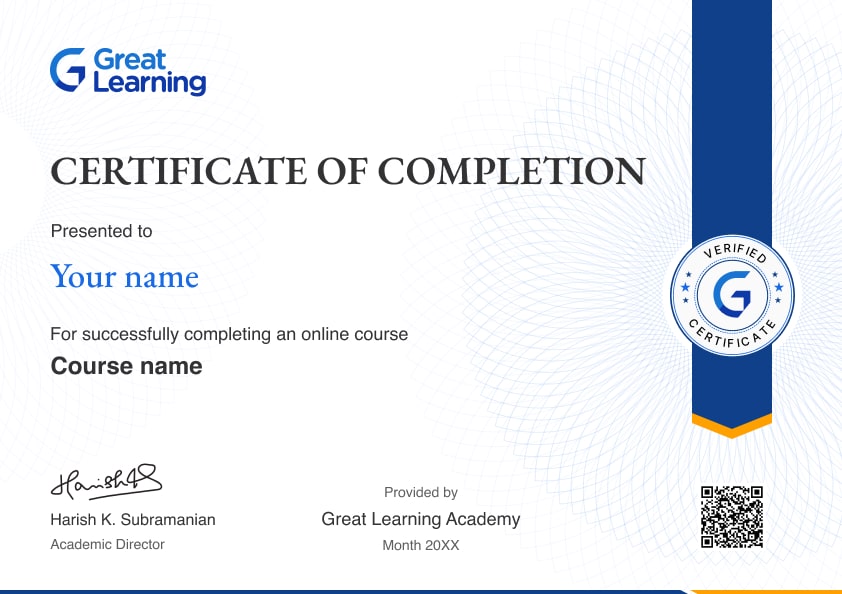
Skills you will gain
"Proficiency in Java Hibernate
Ability to perform database operations using Hibernate
Understanding of object-relational mapping (ORM) concepts
Skill in integrating Hibernate into Java applications
Key Highlights
Get free course content
Master in-demand skills & tools
Test your skills with quizzes
About this course
Explore the fundamental concepts of Hibernate, a powerful Object-Relational Mapping (ORM) framework for Java. Dive into the core principles of ORM, discovering its applications in Java Hibernate and the seamless mapping of Java objects to relational databases. Uncover the key features that make Hibernate a preferred choice for database interaction. Delve into the intricacies of Hibernate's architecture and its essential elements. Engage in hands-on demonstrations to solidify your understanding and gain practical skills. By the end of the course, you'll appreciate the numerous advantages that Java Hibernate offers in simplifying database interactions and enhancing the efficiency of Java-based applications. Join us on this learning journey to master the art of Hibernate and elevate your Java development skills.
Course outline
Introduction to Hibernate
This module provides an overview of the fundamental concepts and importance of Hibernate, highlighting how Hibernate simplifies database operations and improves application development in real-world scenarios.
Object-Relational Mapping
This module provides a fundamental overview of object-relational mapping (ORM), emphasizing its role in bridging the gap between object-oriented programming and relational databases.
Applications of ORM with Java Hibernate
This module highlights how Hibernate simplifies Java's integration with databases, streamlining database operations, and enhancing real-world application development through effective object-relational mapping (ORM).
Features of Hibernate
This module focuses on how Hibernate simplifies database operations and improves real-world application development through efficient object-relational mapping (ORM) for seamless Java-database integration.
Hibernate Architecture and its Elements
This module centers on the structure and components that make up Hibernate's architecture and illustrates how Hibernate's elements work together to facilitate seamless Java-database integration.
Demonstration - Hands-on
This module offers practical exercises for learners to apply their Java Hibernate knowledge in real-world scenarios and gain hands-on experience in integrating Hibernate into Java applications.
Advantages of Java Hibernate
This module underscores the real-world benefits of Java Hibernate in application development.
Get access to the complete curriculum once you enroll in the course
Stand out with an industry-recognized certificate
10,000+ certificates claimed, get yours today!
Get noticed by top recruiters
Share on professional channels
Globally recognised
Land your dream job

Introduction to Java Hibernate

1.5 Hours
Beginner
1.5K+ learners enrolled so far
Get free course content
Master in-demand skills & tools
Test your skills with quizzes
Learner reviews of the Free Courses

5.0

5.0
What our learners enjoyed the most
Easy to Follow
65% of learners found the course easy to follow
Frequently Asked Questions
Will I receive a certificate upon completing this free course?
Is this course free?
What is Java Hibernate?
Java Hibernate is a framework that simplifies database operations in Java applications by providing an object-relational mapping (ORM) solution.
What are the prerequisites for this course?
Basic knowledge of Java programming and understanding of databases would be helpful, but not mandatory.
Is the course really free?
Yes, the course is entirely free of charge. No hidden fees or subscriptions.
Will I receive a certificate upon completion?
Yes, a downloadable certificate of completion will be provided at the end of the course.
Is there a time limit to complete the course?
No, there is no time limit. You can access the course material at any time, and there is no expiration date for enrollment.
Is there any limit on how many times I can take this free course?
No. There is no limit. Once you enrol in the Free AIOps Fundamentals course, you have lifetime access to it. So, you can log in anytime and learn it for free online.
Become a Skilled Professional with Pro Courses
Gain work-ready skills with guided projects, top faculty and AI tools, all at an affordable price.

View Course

Included with Pro+ Subscription


View Course

Included with Pro+ Subscription
.jpg)
View Course

Included with Pro+ Subscription


View Course

Included with Pro+ Subscription

View Course

Included with Pro+ Subscription

View Course

Included with Pro+ Subscription
 (1).jpg)
View Course

Included with Pro+ Subscription

View Course

Included with Pro+ Subscription


View Course

Included with Pro+ Subscription


View Course

Included with Pro+ Subscription


View Course

Included with Pro+ Subscription


View Course

Included with Pro+ Subscription


View Course

Included with Pro+ Subscription


.jpg)
View Course

Included with Pro+ Subscription
.png)
View Course

Included with Pro+ Subscription

View Course

Included with Pro+ Subscription

View Course

Included with Pro+ Subscription
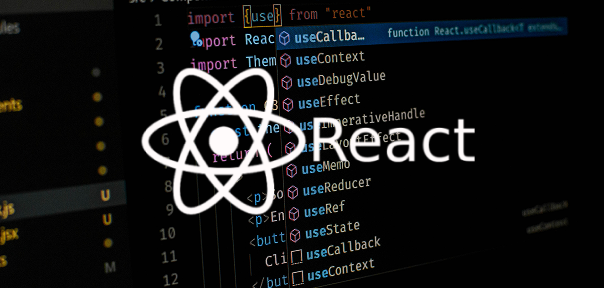
View Course

Included with Pro+ Subscription
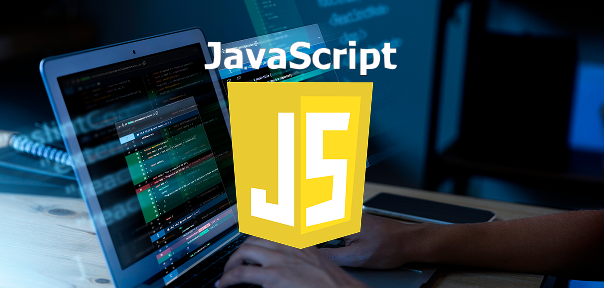
View Course

Included with Pro+ Subscription

View Course

Included with Pro+ Subscription
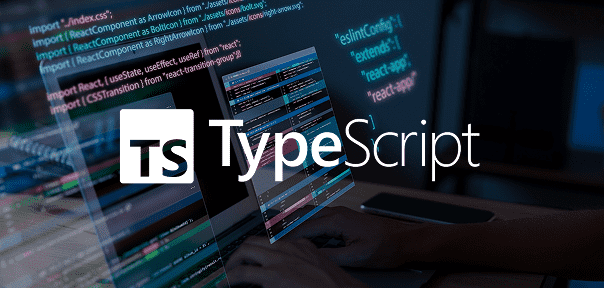
View Course

Included with Pro+ Subscription
.png)
View Course

Included with Pro+ Subscription


View Course

Included with Pro+ Subscription

View Course

Included with Pro+ Subscription

View Course

Included with Pro+ Subscription
.png)
View Course

Included with Pro+ Subscription

View Course

Included with Pro+ Subscription

View Course

Included with Pro+ Subscription

View Course

Included with Pro+ Subscription

View Course

Included with Pro+ Subscription

View Course

Included with Pro+ Subscription
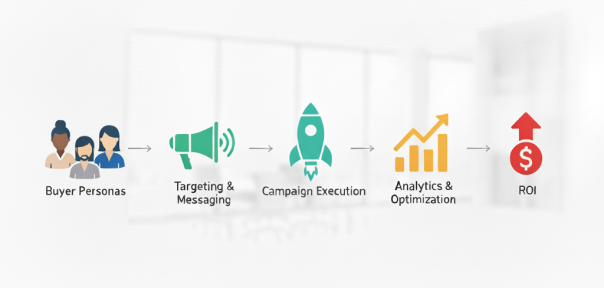
View Course

Included with Pro+ Subscription
.jpg)
View Course

Included with Pro+ Subscription
.jpg)
View Course

Included with Pro+ Subscription
.jpeg)
View Course

Included with Pro+ Subscription
.jpg)
View Course

Included with Pro+ Subscription
.png)
View Course

Included with Pro+ Subscription


View Course

Included with Pro+ Subscription


View Course

Included with Pro+ Subscription


View Course

Included with Pro+ Subscription
.png)
View Course

Included with Pro+ Subscription
.jpg)

.jpg)

.png)

View Course

Included with Pro+ Subscription
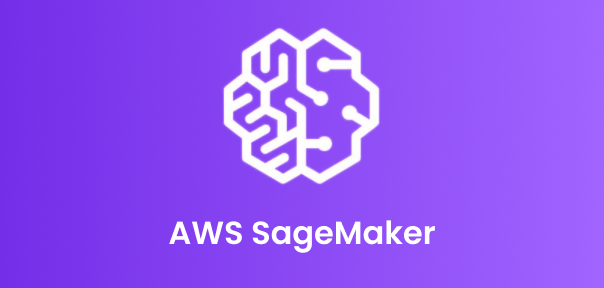

View Course

Included with Pro+ Subscription
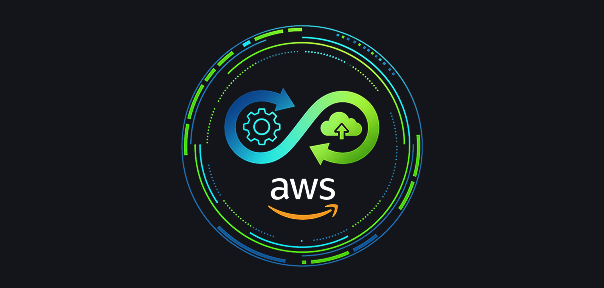
View Course

Included with Pro+ Subscription

View Course

Included with Pro+ Subscription

View Course

Included with Pro+ Subscription
.png)
View Course

Included with Pro+ Subscription
.png)
View Course

Included with Pro+ Subscription
.png)
View Course

Included with Pro+ Subscription

View Course

Included with Pro+ Subscription

View Course

Included with Pro+ Subscription

View Course

Included with Pro+ Subscription
.jpg)
View Course

Included with Pro+ Subscription

View Course

Included with Pro+ Subscription


View Course

Included with Pro+ Subscription


Popular

View Course

Included with Pro+ Subscription


View Course

Included with Pro+ Subscription
.jpg)
View Course

Included with Pro+ Subscription


View Course

Included with Pro+ Subscription

View Course

Included with Pro+ Subscription

View Course

Included with Pro+ Subscription
 (1).jpg)
View Course

Included with Pro+ Subscription

View Course

Included with Pro+ Subscription
Microsoft Courses


View Course

Included with Pro+ Subscription


View Course

Included with Pro+ Subscription


View Course

Included with Pro+ Subscription


View Course

Included with Pro+ Subscription


View Course

Included with Pro+ Subscription


IT & Software
.jpg)
View Course

Included with Pro+ Subscription
.png)
View Course

Included with Pro+ Subscription

View Course

Included with Pro+ Subscription

View Course

Included with Pro+ Subscription

View Course

Included with Pro+ Subscription

View Course

Included with Pro+ Subscription

View Course

Included with Pro+ Subscription

View Course

Included with Pro+ Subscription
.png)
View Course

Included with Pro+ Subscription
.png)
View Course

Included with Pro+ Subscription

View Course

Included with Pro+ Subscription

View Course

Included with Pro+ Subscription

View Course

Included with Pro+ Subscription

View Course

Included with Pro+ Subscription

View Course

Included with Pro+ Subscription


View Course

Included with Pro+ Subscription
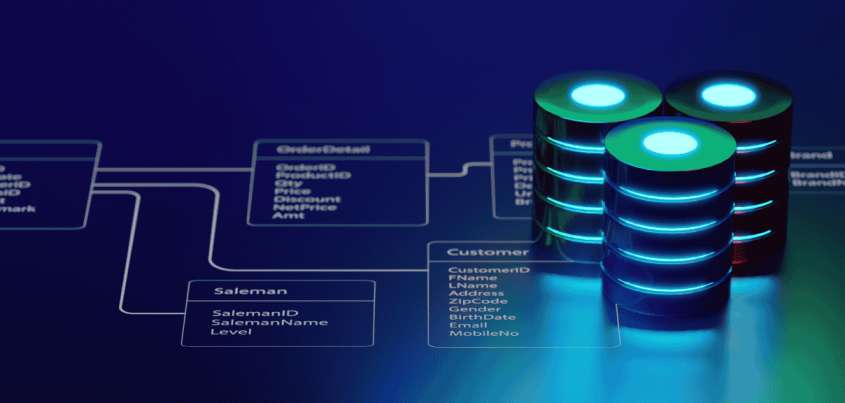
View Course

Included with Pro+ Subscription

View Course

Included with Pro+ Subscription


View Course

Included with Pro+ Subscription


View Course

Included with Pro+ Subscription
 (1).png)
View Course

Included with Pro+ Subscription
Data Science & ML


View Course

Included with Pro+ Subscription

View Course

Included with Pro+ Subscription

View Course

Included with Pro+ Subscription
.png)
View Course

Included with Pro+ Subscription

View Course

Included with Pro+ Subscription

View Course

Included with Pro+ Subscription
Management

View Course

Included with Pro+ Subscription

View Course

Included with Pro+ Subscription

View Course

Included with Pro+ Subscription

View Course

Included with Pro+ Subscription
.jpg)
View Course

Included with Pro+ Subscription
.jpg)
View Course

Included with Pro+ Subscription
.jpeg)
View Course

Included with Pro+ Subscription
.jpg)
View Course

Included with Pro+ Subscription
.png)
View Course

Included with Pro+ Subscription
.png)
View Course

Included with Pro+ Subscription
.png)
View Course

Included with Pro+ Subscription
.png)
View Course

Included with Pro+ Subscription

View Course

Included with Pro+ Subscription
.png)
View Course

Included with Pro+ Subscription
 (1).jpg)
View Course

Included with Pro+ Subscription
.png)
View Course

Included with Pro+ Subscription
Cloud Computing


View Course

Included with Pro+ Subscription


View Course

Included with Pro+ Subscription


View Course

Included with Pro+ Subscription
.png)
View Course

Included with Pro+ Subscription
.jpg)

.jpg)

.png)

View Course

Included with Pro+ Subscription


View Course

Included with Pro+ Subscription

View Course

Included with Pro+ Subscription
.png)



.png)

View Course

Included with Pro+ Subscription



Cyber Security

View Course

Included with Pro+ Subscription

View Course

Included with Pro+ Subscription
.png)
View Course

Included with Pro+ Subscription
.png)
View Course

Included with Pro+ Subscription
.png)
View Course

Included with Pro+ Subscription
AI & Generative AI

View Course

Included with Pro+ Subscription

View Course

Included with Pro+ Subscription

View Course

Included with Pro+ Subscription
.jpg)
View Course

Included with Pro+ Subscription

View Course

Included with Pro+ Subscription


View Course

Included with Pro+ Subscription


Subscribe to Academy Pro+ & get exclusive features
$25/month
No credit card required
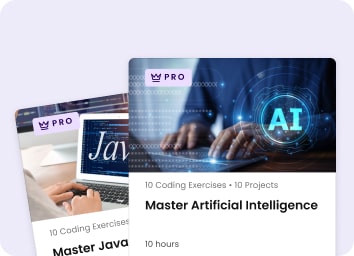
Learn from 40+ Pro courses
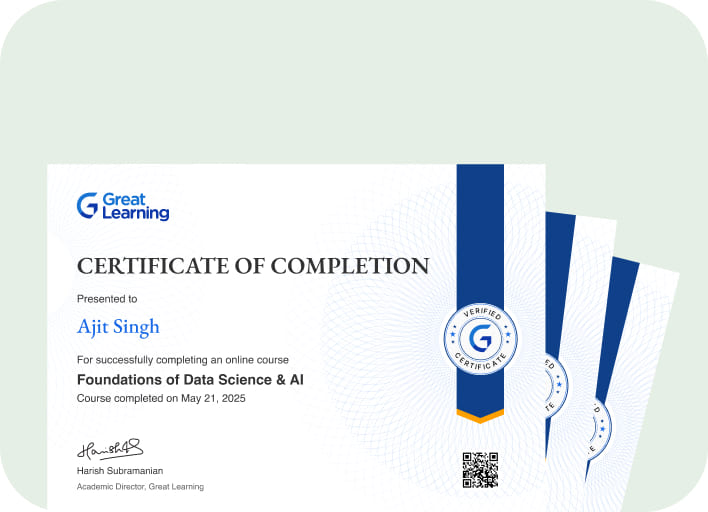
Access 500+ certificates for free
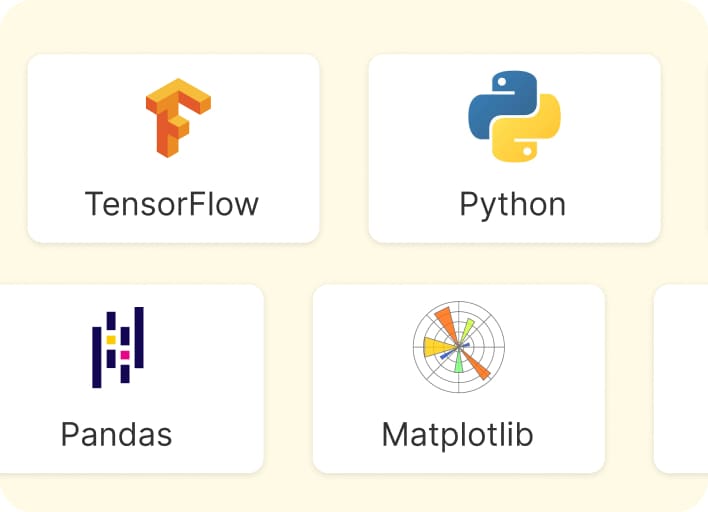
700+ Practice exercises & guided projects
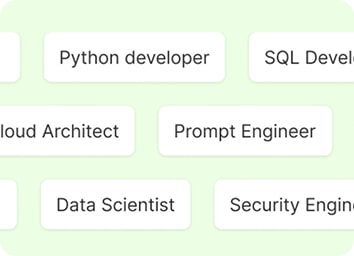
Prep with AI mock interviews & resume builder
Recommended Free Software courses





Similar courses you might like


.jpg)

Relevant Career Paths >
Introduction to Java Hibernate
Hibernate is a powerful and widely used object-relational mapping (ORM) framework for Java applications. It simplifies database access and management by allowing developers to work with Java objects rather than writing complex SQL queries. If you're a beginner looking to get started with Hibernate, this article will provide you with a basic overview of Hibernate and its key concepts.
What is Hibernate?
Hibernate is an open-source Java ORM framework that automates the mapping of Java objects to database tables and vice versa. It provides a way to interact with databases using Java objects and simplifies database-related operations like CRUD (Create, Read, Update, Delete). Hibernate eliminates the need to write raw SQL queries, making database operations more intuitive and less error-prone.
Key Concepts in Hibernate
- Entity Class: In Hibernate, an entity class represents a table in the database. It's a Java class annotated with Hibernate annotations to define the mapping between the class and the database table.
- Session Factory: The Session Factory is a central configuration and bootstrapping mechanism in Hibernate. It is responsible for creating and managing Hibernate Sessions. You typically create a Session Factory once during the application's startup and use it throughout the application's lifetime.
- Session: A Session is a short-lived object that represents a single unit of work with the database. It provides methods for CRUD operations, transactions, and queries. Sessions are created from the Session Factory.
- Transaction: A Transaction in Hibernate represents a single unit of work. It ensures the ACID (Atomicity, Consistency, Isolation, Durability) properties for database operations. Transactions are managed using the Session.
- HQL (Hibernate Query Language): HQL is a query language similar to SQL but designed to work with Hibernate objects rather than database tables. It allows you to perform database operations using Java objects and their properties.
- Mapping: Hibernate uses annotations or XML files to define the mapping between Java objects and database tables. This mapping configuration specifies how fields in the Java class correspond to columns in the database table.
Getting Started with Hibernate
Here are the basic steps to get started with Hibernate:
- Setting up the Environment: Start by setting up your development environment. You'll need Java, Hibernate libraries, and a database (usually MySQL, PostgreSQL, or HSQLDB). Configure your project to include the required Hibernate libraries.
- Create Entity Classes: Define your Java entity classes that represent the database tables. Use Hibernate annotations or XML mapping files to specify the mapping between entity classes and database tables.
- Configure Hibernate: Create a Hibernate configuration file (hibernate.cfg.xml) or configure Hibernate programmatically. This file should specify the database connection properties, dialect, and other Hibernate settings.
- Create a Session Factory: Use the configuration to build a Session Factory, which is a heavyweight object responsible for creating and managing sessions. Typically, you create one Session Factory per application.
- Open a Session: Use the Session Factory to open a Session. Sessions are short-lived, and you should open and close them as needed for database operations.
- Perform Database Operations: Use the Session object to perform database operations. You can use HQL or Criteria API for queries and standard Java methods for CRUD operations.
- Commit Transactions: For write operations, wrap your code in a transaction. Begin a transaction, perform the database operations, and then commit the transaction to make the changes persistent. If an error occurs, you can roll back the transaction to maintain data consistency.
- Close the Session: After completing your database operations, remember to close the Session to release resources.
Conclusion
Hibernate is a robust and popular ORM framework for Java developers. While this article provides a basic overview, there's much more to learn to become proficient in Hibernate. As a beginner, start with the fundamental concepts and gradually explore advanced topics such as caching, performance optimization, and integration with Spring or other Java frameworks. Hibernate can greatly simplify your database interactions and make your Java applications more efficient and maintainable.






